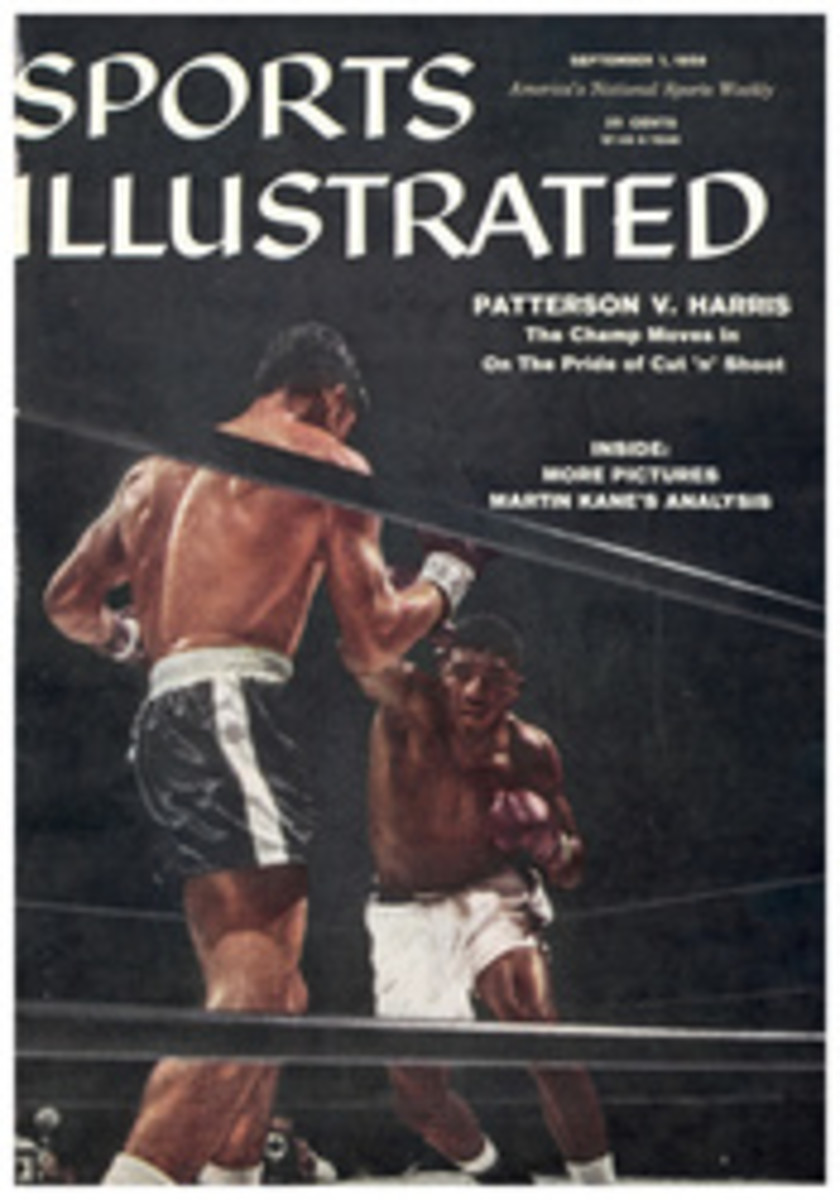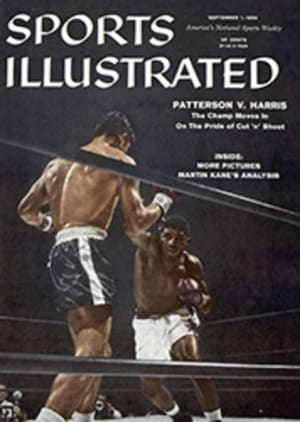
Some underhanded relief
The strangest phenomenon in baseball is the submarine pitcher—that rare, underhanded breed of athlete. Outside of Carl Mays, whose confusing underhand delivery killed a batter in 1920, and Eldon Auker, a good American League pitcher some years back, there have been few submarine throwers worthy of note.
Therefore, one of the most startling sights in baseball these days is a fellow who is making his living at this unusual art. Richard Elde Hyde is a slightly built (5 feet 11, 165 pounds) young man of 30 who wears glasses, plans to get married in the fall and throws almost—but not quite—with the same motion as a softball pitcher. Since he works for the Washington Senators, a team of relatively obscure baseball players, it isn't surprising that few people have any idea who he is. Yet Dick Hyde in his second major league season has won nine games, lost only three and saved 17 others so far—and all in relief of harried Senator starting pitchers who need plenty of it.
When Hyde throws his fast ball, it sinks and when he breaks off a curve, it rises; and such extraordinary baseball behavior is contrary to all the laws of pitching aerodynamics. Gene Woodling of the Orioles says: "Part of the trouble is we never see pitchers like him. But he's got more than that going for him. That curve of his comes in to left-hand batters like me and rises. That's rough."
American League batters will be unhappy to learn that but for an academic misfortune Hyde might have taken up medicine instead of baseball. "I'm no bonus player," says the scholarly-looking pitcher. "Not even one penny of one. I really wanted to be a doctor, and I would probably be practicing in my home town right now if I hadn't flunked German in my first semester at Illinois."
Hyde had pitched some at Champaign (Ill.) High and played a little basketball. When that failing grade kept him from going out for sports, he quit college and decided to be a big league ballplayer. In the summer of 1947, Dick turned up with his glove and not much else at tryout camps held by the Cubs and the Cardinals. "They told me to come back next year, which I guess was a polite way of saying they didn't want me."
So Dick went back to Champaign and worked for the water company until the next summer and more try-out camps came through his neck of the Illinois woods.
The Senators were the first to arrive, and Hyde dropped in on them. But he got the dates mixed and was a day late. "They wouldn't even look at me but did suggest I try their camp at Fulton, Ky. a week later. I arrived on the right day this time and they looked me over. Only they couldn't use me because the season was too far along. They did say, though, that they'd like to see me the next spring."
Once more Hyde returned to the water company and his dreams of glory. A month later the Senators, finding themselves short of pitchers at their Class D farm team in Concord, N.C., called Hyde. He was on his way in professional baseball at last.
By 1954 Hyde was no closer to pitching in the majors than he had been the day he flunked German. After two discouraging years in Class D, an unspectacular season in Class B and a few lost years in the Army, he was still just another minor leaguer in the Senators' spring training camp.
"I was really wild. I threw with about a three-quarter arm motion and couldn't find the plate with a sextant. Even my best pitch, a sinker, wasn't working right," says Hyde. "Calvin Griffith watched me one day, though. He told me I had come up a little with my motion since he had last seen me in 1950 and suggested I might be more effective if I came down a little when I threw.
"For two weeks I brought my arm down lower and lower when I pitched until finally the ground stopped me. I found that when I was throwing underarm, I was getting the ball over and it was sinking better."
From that time on, Hyde was a submarine pitcher. To the unsuspecting fans watching him throw underhand at Chattanooga the next few years, he presented a strange sight. There happened to be some softball diamonds near the ball field, and Hyde often heard people shout, "Are you sure you're in the right park, buddy?" One batter even suggested he ought to stand on his head so he could throw overhand like everyone else.
"I don't hear much of that in the majors," says Hyde. "Oh, Jimmy Piersall of the Red Sox will tell me to stop throwing like a girl when he's in the batter's box. But that's about all."
Hyde turned to relief pitching during his first season with Chattanooga when he discovered he didn't have the stamina to go a full nine innings. "Back in college they tested me for a phys ed course," explains Hyde, "and my arms were the weakest part of my body."
Nowadays when relief pitchers are the glamour boys of baseball, such muscular types as Ryne Duren of the Yankees and Dick Farrell of the Phillies intimidate the batters with brute force translated into blazing fast balls. Lost in the arguments over which of these two is better—and faster—is the fact that neither has a record equal to Dick Hyde, a pitcher who isn't particularly big, doesn't have an eye-popping fast ball and doesn't even throw like a baseball pitcher should.
PHOTO
BATTERS FIND HYDE'S MOTION PUZZLING

